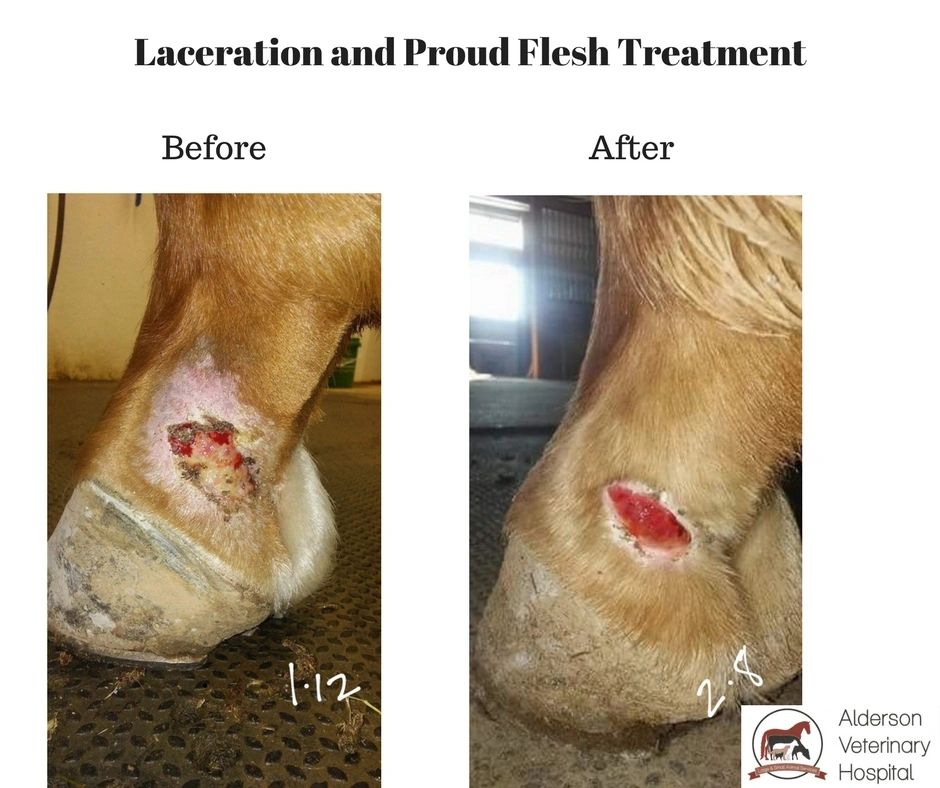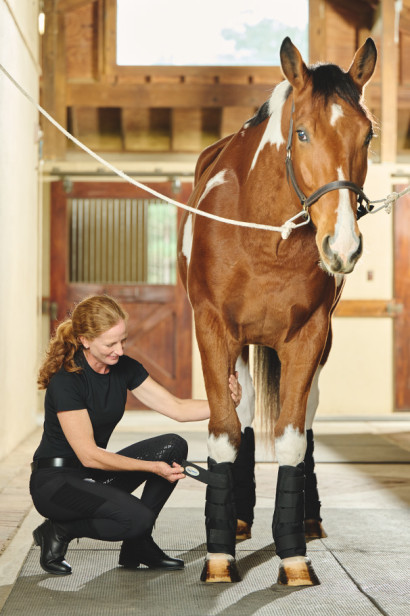Equine Therapy for Children: Emotional and Behavioral Assistance Described
Equine Therapy for Children: Emotional and Behavioral Assistance Described
Blog Article
Exactly How Laser Treatment in Horse Therapy Is Changing Vet Look After Steeds
Laser treatment has actually emerged as a transformative method in equine veterinary care, providing a non-invasive remedy that speeds up healing and improves general health. Leveraging exact light wavelengths, this cutting-edge therapy promotes mobile regrowth, decreases inflammation, and alleviates pain. Its efficacy prolongs from bone and joint injuries to persistent disorders like osteoarthritis, dramatically improving movement and life high quality for horses. The portability and convenience of laser therapy devices further highlight their expanding indispensability amongst vets. As we discover the complex mechanics and real-world successes, the extensive effect on equine clinical practices comes to be progressively apparent.
Understanding Laser Therapy

The modern technology behind laser treatment is grounded in the principle of photochemistry, where photons are taken in by chromophores within cells, causing boosted ATP production and inflection of reactive oxygen varieties (Equine Therapy). This, in turn, promotes cellular proliferation, reduces swelling, and increases healing. Veterinary professionals make use of different kinds of lasers, consisting of low-level lasers (LLLT) and high-power Class IV lasers, relying on the particular restorative objectives and the nature of the equine condition being treated
Different laser wavelengths and power setups are carefully picked to target various tissue midsts and attain desired medical outcomes. Safety and security procedures are paramount, as inappropriate usage can result in thermal damages or suboptimal therapeutic effects. Hence, a thorough understanding of laser treatment's mechanisms and applications is vital for its efficient execution in equine veterinary method.
Benefits for Equine Health And Wellness
The myriad advantages of laser treatment for equine wellness incorporate improved healing, discomfort decrease, and enhanced flexibility. This sophisticated therapy technique leverages certain wavelengths of light to pass through cells, boosting mobile feature and advertising quick cells repair service. The non-invasive nature of laser therapy ensures minimal stress and discomfort for the horse, promoting a smoother healing procedure.
Enhanced healing is among the primary benefits, as laser treatment accelerates mobile regrowth and collagen synthesis. This causes much faster recuperation times from injuries and medical procedures. Pain reduction is attained with the anti-inflammatory results of laser treatment, which decreases swelling and lowers the manufacturing of pain-inducing chemicals. Therefore, equines experience significant remedy for chronic and acute discomfort conditions.
Better mobility is one more essential advantage, specifically for efficiency and working equines. By minimizing inflammation and pain, and improving tissue repair work, laser therapy assists in restoring joint feature and muscular tissue versatility. The advancing effect of these benefits is not only a quicker go back to regular activity however additionally a general improvement in the horse's high quality of life. Hence, laser treatment stands as a transformative tool in modern equine veterinary care.
Usual Conditions Treated
Laser therapy has actually arised as a functional therapy option for a variety of usual equine problems. In addition, laser therapy is effective for problems like osteoarthritis, where it helps reduce joint inflammation and promote tissue repair work.
Wound management is another location where laser treatment has shown considerable assurance. Chronic wounds or slow-healing abscess can be especially tough in horses, yet laser therapy improves cellular see this website regeneration and boosts blood circulation, thus speeding up the healing process. Laser treatments have been effectively employed in handling unguis problems such as laminitis and abscesses, minimizing discomfort and advertising much faster recuperation.

Innovation Behind Laser Treatment
Beyond the myriad conditions treatable with laser treatment, the modern technology itself values closer exam. At the heart of laser therapy is making use of particular wavelengths of light to pass through cells and generate biological feedbacks. These wavelengths, commonly varying from 600 to 1000 nanometers, are precisely taken in by chromophores in the skin, muscle mass, and other cells, instigating a waterfall of cellular occasions.
Laser devices used in vet medication typically make use of low-level laser treatment (LLLT) or cold laser treatment. Unlike high-powered surgical lasers, these tools run at reduced energy degrees, enhancing healing benefits while reducing thermal damages. The energy from the laser light boosts adenosine triphosphate (ATP) production, improves cellular metabolic process, and increases tissue repair procedures.

Success Stories and Case Research Studies

Showcasing the concrete benefits of laser therapy, numerous success tales and case researches illuminate its transformative influence on equine health. One such situation involves a purebred racehorse struggling with persistent tendonitis. Typical treatments yielded very little improvement, yet after integrating laser therapy into the program, the horse showed considerable decreases in inflammation and pain within weeks, ultimately returning to affordable auto racing.
Another engaging example includes a dressage horse diagnosed with extreme back discomfort, restricting its performance. A vet team employed low-level laser treatment (LLLT) to target the swollen locations, causing significant renovation in adaptability and a remarkable reduction in pain. Over numerous sessions, the steed restored its peak form, showcasing the efficacy of laser treatment in dealing with bone and joint concerns.
Furthermore, a research conducted at a leading equine center checked out 50 steeds with different soft tissue injuries treated with laser therapy. The outcomes were striking: 85% of the horses demonstrated accelerated healing times and enhanced flexibility. These cases underscore the convenience and performance of laser treatment in equine medicine, using a non-invasive, scientifically-backed technique to enhancing recuperation and efficiency in steeds.
Conclusion
Laser therapy is transforming equine vet care by providing a non-invasive therapy that speeds up healing, decreases inflammation, and alleviates discomfort. With its efficiency in treating a series of problems, from musculoskeletal injuries to chronic ailments like osteoarthritis, this innovation significantly improves equine health and wheelchair. The portability and flexibility of laser treatment even more underscore its transformative influence on veterinary techniques, solidifying its function as a necessary device in modern equine medical care.
Report this page